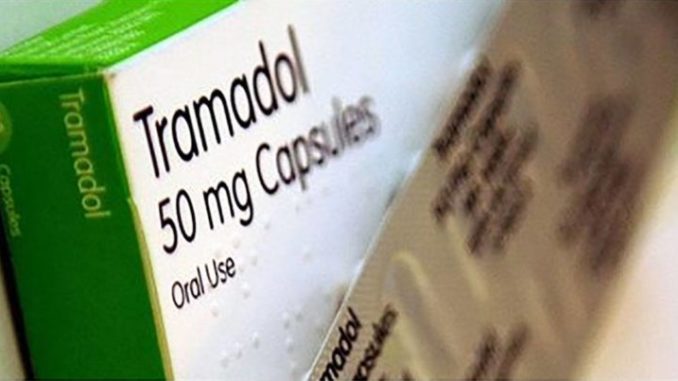
When we talk about drugs and addictions, we often tend to bring up the more ‘trendy’ ones first. For instance, substances like ecstasy, marijuana, heroin, and cocaine are more popular to the general public because they get more media coverage.
At the same time, we tend to look away from opioid addictions – a global circling crisis that affects millions of people worldwide.
However, according to Prof. Jack Crane, there is but 1 prescription painkiller that claims more lives than any other drug annually including cocaine and heroin – Tramadol.
What is Tramadol?
In case you haven’t heard about Tramadol (the generic name of the drug), the drug also goes by the brand name ConZip or Ultram. Although it works like a narcotic, the main use for the prescription medication is to aid reduce moderate to moderately severe pain.
Effects of Tramadol
By and large, the medication is usually prescribed after surgeries to treat chronic ongoing pain. Tramadol work is targeting the brains’ central nervous system, specifically in a way that alters both your perception and responses to pain.
As long as you take the painkiller according to your doctor’s recommendation, it doesn’t inflict any noteworthy damage.
Unfortunately, people are making a terrible mistake combining it with other drugs or alcohol. In Northern Ireland, 33 deaths were associated to Tramadol in last year only.
Prof. Crain explains that people are unaware of how potentially risky Tramadol can be, mainly because they assume it’s safe since it’s a prescription drug. And this assumption should be the main reason for people to be more curious and cautious about.
When you’re feeling pain, the only reasonable solution to relieve the pain is pills/painkillers. But, you would think twice before taking them once you read the side-effects.
Side Effects of Tramadol
According to WebMD, people who take this medication often don’t experience any side effects. However, the suspicions are lurking among doctors, as they are claiming that side effects are real. Some of the more serious ones are:
- Drowsiness
- Constipation
- Fatigue
- Loss of appetite
- Weight Loss
- Seizures
- Fainting
- Headaches
- Nausea
- Difficulty with breathing and urinating
- Agitation
- Serotonin Toxicity
- Constipation
- Vomiting
- Severe abdominal pain
- Hallucinations
- Depleted adrenal glands
- Rashes, itching, and swelling etc.
Other Concerns
In addition to this list, taking high or incorrect dosages of Tramadol can result in several unfortunate things;
1. Addiction
People are becoming addicted to the narcotic painkiller, which structure is similar to that of morphine and codeine.
Both psychological and physical addiction is the result of improper dosage of Tramadol, whether it is incorrect or just too much.
If you are currently taking the drug, you shouldn’t stop immediately, instead consult your doctor prior to making any decisions on your own.
2. Pain inflictive drug interactions
As shown above, combining the drug with alcohol or other substances can result in some unfortunate outcomes.
Correspondingly, people who drink alcohol or take any other medications like tranquilizers or sedatives should avoid taking Tramadol.
3. Drug Control
Until 2014, only a minority of the countries in the U.S had control over the drug and its’ usage.
Thankfully, in 2014 the D.E.A (Drug Enforcement Administration) changed the classification of the drug to a schedule IV.
Final Summation
Chronic pain was never meant to be treated with strong painkillers. Ideally, all countries, not just the U.S, should have their drug laws in order to keep the opioid crisis under control at all times.
In 2014, Northern Ireland reclassified Tramadol to be a prescription-free drug. Individuals like prof. Crane, are trying to reclassify the drug yet again, this time with even stricter limitations.
One of the most discouraging aspects of painkillers, especially for doctors, is that they only treat the symptoms and not the source of the pain. After all, when there is a will – there is a way!
Keep in mind that at the end of the day, how you’ll treat pain is entirely up to you. You’ll be better off if you replace the drugs for pain relief, with other effective drug-free options.
